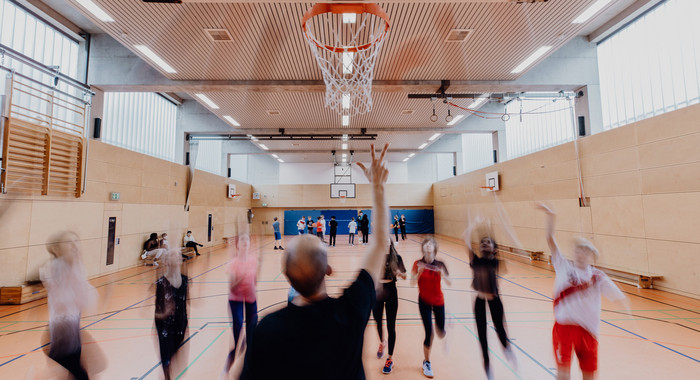How Groups Best Work Together
When a group works on a task in harmony, and in a perfectly coordinated and seemingly effortless way, as if in flow, this optimal state is known as ‘group flow’. Group flow is not only apparent in team sports. We also see it in business meetings, between doctors carrying out surgery, or with musicians in an orchestra.
Dr. Fabian Pels and Prof. Jens Kleinert from the Institute of Psychology of the German Sport University Cologne have been researching "Group Flow" since 2016 and have developed an internationally pioneering theory that sets out the conditions under which groups enter into a flow.
In contrast to ‘flow in individuals’ which has been the subject of research since the 1970s, ‘group flow’ as a phenomenon has received little attention. Until now, there has been a lack of systematic scientific studies to provide data on which framework conditions best favour group flow.
"Over the past few years, we have developed an integrative group flow theory that brings together positives of existing theoretical approaches and addresses weaknesses of previous work," says project leader Dr. Fabian Pels. The result is the Integrative Group Flow Theory, or IGFT for short.
IGFT is based on action theory principles. Simply put, group flow consists of a two-part fit that is continuously maintained by the members of the acting group. It starts with the primary fit that exists among the group members: When a team works in flow, the behaviour, state of mind (e.g., thoughts, emotions) and the abilities of each member fit perfectly with those of their fellow members. Out of this primary fit can emerge the secondary fit so that during group flow the behaviour, mental state and the abilities as a whole are perfectly fitting the given task of the group.
In group flow, primary and secondary fits are continuously maintained due to interpersonal coordination which, according to IGFT, is facilitated in particular by a positive relationship quality among the group members.
The researchers' long-term goal is to use IGFT to develop intervention measures that will help groups to achieve flow. This could have a positive influence on the quality of their work and the satisfaction of their team members.
